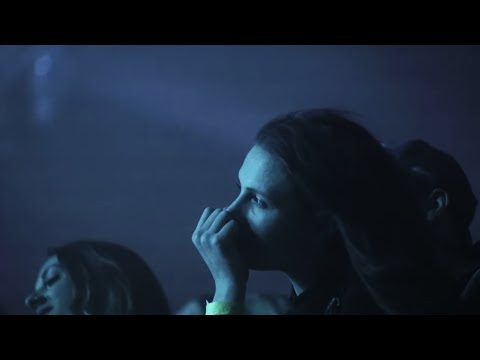Answer to Question 1
Correct Answer: 3
Rationale 1: The length of time for a drug concentration to decrease by half is its half-life.
Rationale 2: The length of time for a drug concentration to decrease by half is its half-life.
Rationale 3: The length of time for a drug concentration to decrease by half is its half-life.
Rationale 4: The length of time for a drug concentration to decrease by half is its half-life.
Global Rationale: The length of time for a drug concentration to decrease by half is its half-life. Half-time, metabolism and distribution have different definitions.
Answer to Question 2
Correct Answer: 1
Rationale 1: A cell component to which a drug binds in a dose-dependent manner is a receptor.
Rationale 2: Present only in the drug's target tissue is incorrect because receptors are present not only in the drug's target tissue, but in many other tissues in the body. It often is drug effects at sites other than the target tissue that result in side effects.
Rationale 3: Required to drug action is incorrect because although most drugs act via receptor-mediated mechanisms, some drugs do not act at specific receptors.
Rationale 4: Analogous to the key in the lock-and-key model of drugreceptor interaction is incorrect because a receptor is analogous to the lock in the lock-and-key model of drugreceptor interaction.
Global Rationale: A cell component to which a drug binds in a dose-dependent manner is a receptor. Present only in the drug's target tissue is incorrect because receptors are present not only in the drug's target tissue, but in many other tissues in the body. It often is drug effects at sites other than the target tissue that result in side effects. Analogous to the key in the lock-and-key model of drugreceptor interaction is incorrect because a receptor is analogous to the lock in the lock-and-key model of drugreceptor interaction.







